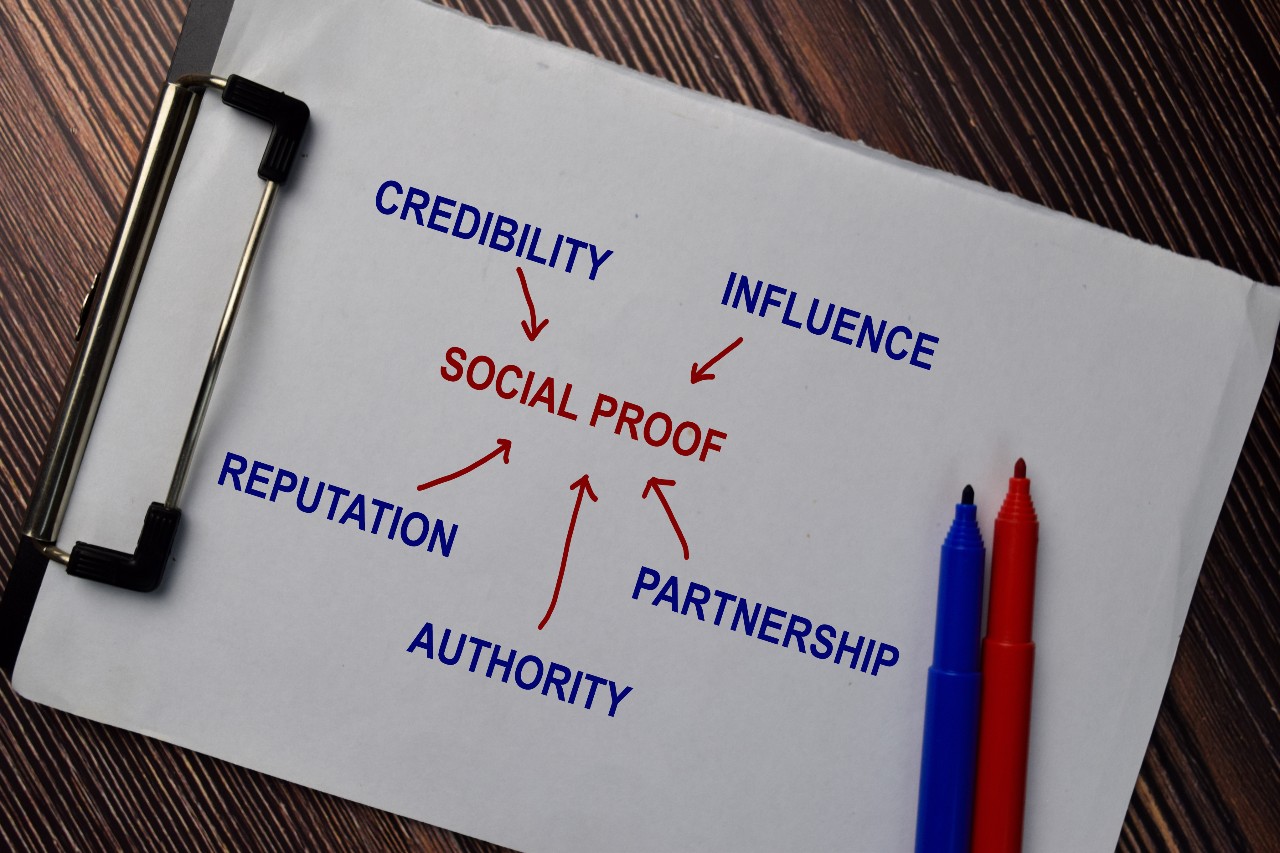
In the age of heightened environmental awareness, businesses are increasingly seeking ways to align their marketing strategies with sustainable practices. Crafting eco-friendly marketing campaigns is not just about reducing your carbon footprint; it’s about resonating with a growing demographic of consumers who prioritize sustainability in their purchasing decisions.
This approach not only benefits the planet but also builds brand loyalty and trust among environmentally conscious customers. Here’s how to design marketing campaigns that are as green as they are effective.
Understand Your Audience’s Values
The first step in crafting eco-friendly marketing campaigns is to deeply understand your audience. Today’s eco-conscious consumers are savvy; they can distinguish between genuine sustainability efforts and greenwashing.
Conduct thorough market research to comprehend the environmental values that matter most to your audience. This understanding will guide your campaign’s messaging, ensuring it speaks authentically to your consumers’ concerns and aspirations.
Create Eco-Friendly Marketing Content

Content is king in digital marketing, and for eco-friendly campaigns, the focus should be on sustainability. Create content that educates, inspires, and engages your audience on environmental issues.
Blog posts, infographics, and videos can highlight eco-friendly practices, how your products are designed with sustainability in mind, or ways consumers can reduce their own environmental impact.
Such content not only promotes your brand but also provides value to your audience and encourages them to share, increasing your campaign’s reach.
You may also like:
Emphasize Transparency and Authenticity
Transparency is the cornerstone of eco-friendly marketing. Consumers demand to know not just the what, but the how and why behind your products or services. Be open about your supply chain, sourcing, and the environmental impact of your products.
Use your marketing platforms to share stories about your sustainability journey, including both achievements and areas for improvement. Authenticity in these communications fosters trust and strengthens your brand’s credibility.
Leverage Digital Platforms
Digital marketing is inherently more eco-friendly than traditional print and broadcast methods, thanks to its lower physical resource use. Embrace digital platforms for your marketing campaigns, focusing on social media, email marketing, and your website to engage with your audience.
However, digital marketing still consumes energy, especially data storage and transmission. Optimize your digital assets for energy efficiency, such as using green web hosting services and streamlining website design for faster loading times, which in turn reduces energy consumption.
Use Eco-Friendly Marketing Materials for Physical Advertisement
While digital marketing reduces the need for physical materials, some aspects of your campaign may still require them. In these cases, opt for sustainable materials. For example, if you’re printing brochures, use recycled paper and eco-friendly inks.
For promotional merchandise, choose products made from sustainable or recycled materials. Always ensure that the sustainability claims of these materials are verified by reputable third-party certifications.
Partner with Eco-conscious Brands

Collaborating with brands that share your commitment to sustainability can amplify your marketing efforts. Look for partnership opportunities with eco-friendly brands or non-profit organizations focused on environmental conservation.
Co-hosting events, joint promotions, or social media collaborations can broaden your reach and reinforce your brand’s environmental commitment.
Measure and Communicate Impact
Quantifying the environmental impact of your marketing campaigns can be challenging, but it’s crucial for validating your eco-friendly claims. Whenever possible, measure the carbon footprint of your campaigns, from digital energy consumption to the lifecycle impact of any physical promotional materials.
Then, communicate these impacts to your audience, along with any offsetting actions your company has taken, such as planting trees or investing in renewable energy.
Reflect Sustainability in All Facets of Your Business
Finally, for your eco-friendly marketing campaigns to be truly effective, they must be reflective of your overall business practices. Sustainability should be woven into the fabric of your company, from the products or services you offer to your operational practices.
This congruence ensures that your marketing efforts are not seen as mere greenwashing but as an authentic representation of your brand’s values.
Eco-Friendly Marketing: Conclusion
Crafting eco-friendly marketing campaigns requires a thoughtful approach that goes beyond mere promotion to encapsulate a broader commitment to sustainability.
By understanding your audience, emphasizing transparency, leveraging digital platforms, and integrating eco-conscious practices throughout your business, you can design marketing initiatives that not only appeal to environmentally aware consumers but also contribute to a more sustainable planet.
In the meantime, if you feel that you might need help with your digital marketing, we are here for you. Feel free to contact us and learn more about our eco-friendly digital marketing services. You can find more information at Sylably.com or on our flagship Facebook page.
You may also like:
Did you like this article?
If you found this article helpful, please share with your friends, family, and colleagues who might also be interested in digital marketing services.
We would also love to hear your opinion, thoughts, and advice! Please leave your comments in the box below.
Thank you!











